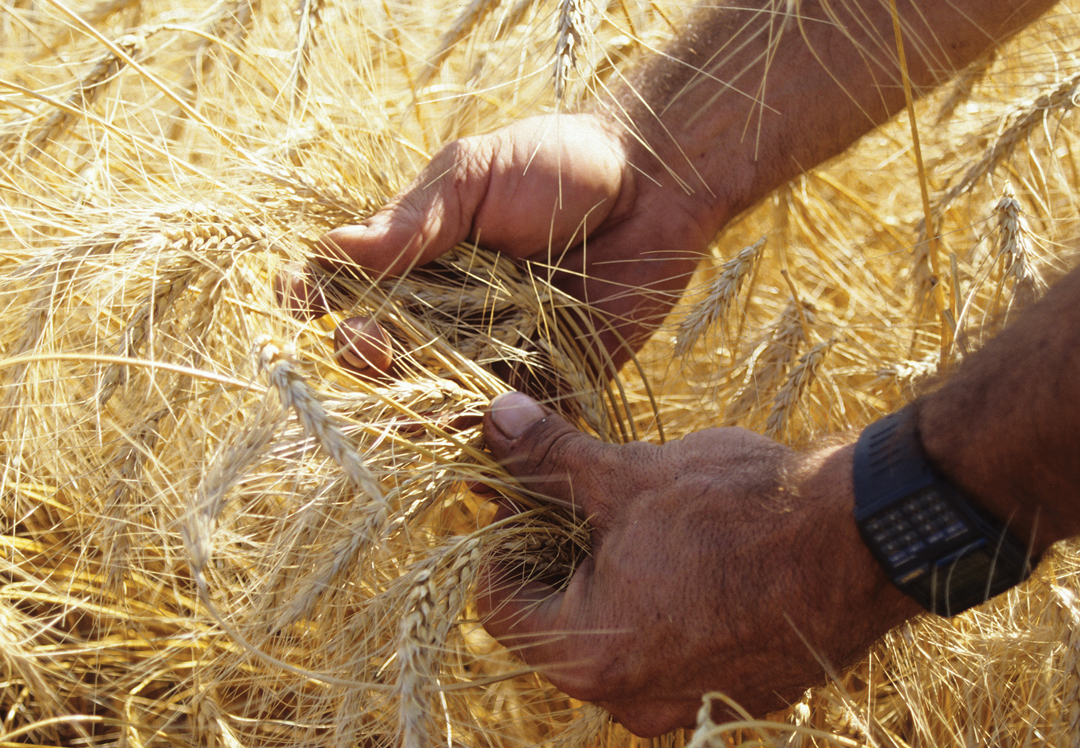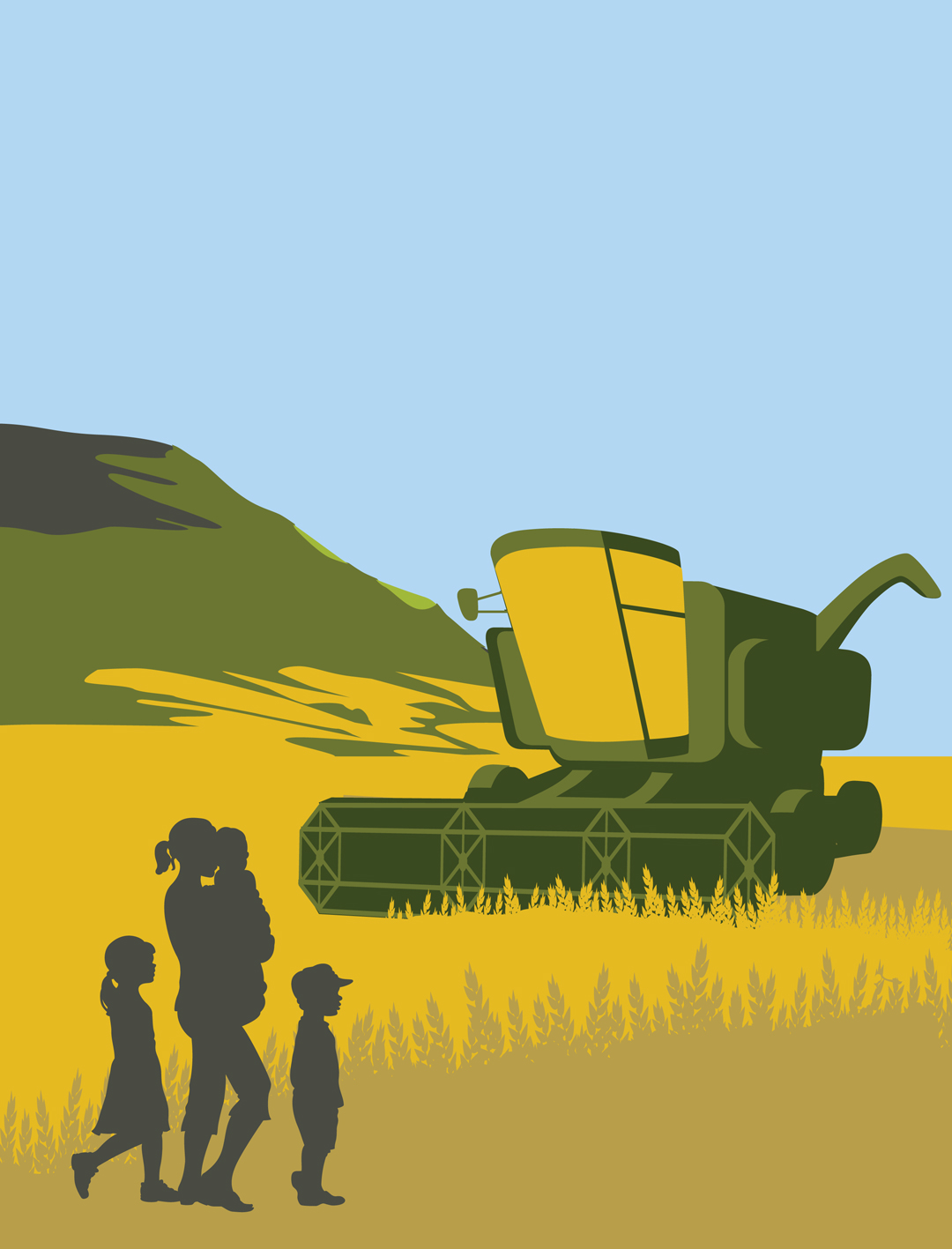FIELD LEARNING GOES DIGITAL
AG EDUCATION CONTINUES TO BRIDGE THE DIVIDE BETWEEN
OLD AND NEW SCHOOL
BY JACK PAYNE
When you picture life on farm, what do you see? You might think of hayfields or cattle grazing in a pasture. Perhaps images of combines and tractors with seeding implements come to mind. But what about digital field maps, robots milking cattle or farmers using tablets in the field?
Prairie farms have come a long way from the acres of land once hand-tilled and planted by settlers—agriculture today is a high-tech, multi-billion-dollar global industry. Agricultural education has changed exponentially since the early days of farming, and it’s not just the latest innovations in farm machinery that farmers need to know about. To be successful, today’s farmer must be an entrepreneur with the savvy to understand commodity markets, manage employees and negotiate relationships with financial institutions. In short, farming education needs to cover a lot more than the traditional basics.
That may sound daunting, but for a student considering a career in agriculture, these are exciting times.
A few years ago, courses in crop scouting were teaching crop and pest identification by having students record their observations with paper and pen. Today’s students have traded clunky clipboards for sleek tablets with handy apps that make recording observations a breeze. Meanwhile, tech-savvy farmers are taking crop scouting to a whole new level with the use of Unmanned Aerial Vehicles (UAVs). Originally developed for military reconnaissance, these electric aircraft use digital cameras to provide instant aerial photography of crops for a surprisingly reasonable cost. This isn’t a far-off dream, either—this technology is already here and is taught in both the classroom and the field.
Farmers can also keep tabs on their operations from afar, using a mobile device to monitor the condition of their grain bins or control their irrigation systems, all while receiving market and weather updates to the palm of their hand. With a growing number of farm-specific apps available, a smartphone or tablet is now an indispensible tool on the farm.
Perhaps the only thing that hasn’t changed in agriculture is the importance of keeping informed—after all, it’s the latest industry innovations that allow Prairie producers to maintain a strong foothold in the world market. In Highlights of the Alberta Economy 2012, the provincial government acknowledges agricultural and agri-food production as key to the provincial economy. And initiatives such as Campus Alberta span the province, promoting lifelong learning, research and innovation opportunities, as well as a strong emphasis on entrepreneurial skills.
As a result, education has become a blend of old and new: students still learn the basic principles of agronomy, but they also learn how new technology plays a leading role in the application of these principles. And as technology advances, so does the demand for farmers who know how to use it. Industry is increasingly asking educators to produce a more highly specialized labour force, and graduating students are finding themselves a hot commodity in the job market.
That’s not to say that modern agricultural education is only relevant to ambitious young graduates seeking a career in big-business farming. The family farm may be a century-old business model, but it is still a risky venture, requiring not only capital, but also business management skills and tech savvy. With technology advancing so rapidly, partnerships between industry and educational institutions that provide the knowledge and skills development will become more common.
Jack Payne is an agronomy instructor in the School of Agriculture at Olds College.








Comments